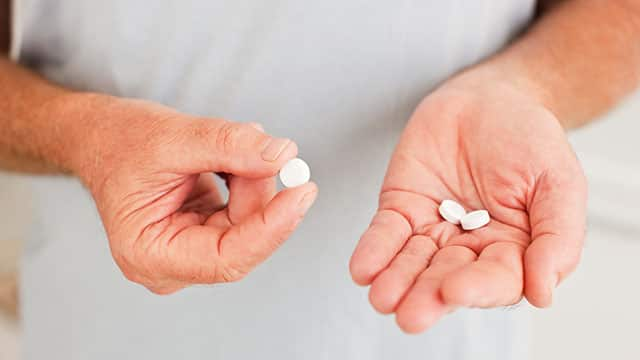1. Stainless steel straws
The most prevalent reusable straw option is probably stainless steel. It's fairly inexpensive, portable, durable and easy to clean. However, there are some downsides to this option, especially for your teeth. If you were to clink too hard or bite this straw, you could end up with quite a toothache, or even a chipped or cracked tooth. This straw can also take on the temperature of your drink, potentially being very cold or hot against your sensitive lips. Lastly, there have been serious concerns about the safety of stainless steel straws for children, so use caution.
2. Silicone straws
This is a great straw alternative for kids because you don't have to worry about anyone chipping a tooth or injuring the inside of their mouth on a hard straw. Also, silicone straws are bendy, come in all kinds of colors and are dishwasher safe. Just make sure you get ones that are BPA-free, and always clean them thoroughly.
3. Bamboo straws
This is another great option for kids — the naturally softer material means there's little risk of tooth or mouth injury. Bamboo is non-toxic and biodegradable and is made from a sustainable resource. However, these straws do require a little extra care. It's important to clean and dry your straw completely in order to avoid bacteria growth.
TIP: Bamboo straws are excellent to keep around for drinking water. Having only water in the straw will eliminate any tricky clean-up, and using a straw in your water cup might just encourage you to drink more water. Win-win!
4. Titanium straws
If you want a straw that will last forever, this is the one. The ultra-lightweight material makes this straw less likely to clink against your teeth. Unlike stainless steel, titanium has lower thermal conductivity so it's less likely to get hot or cold as fast. They're extremely sturdy, resist corrosion and are dishwasher safe.
5. Glass straws
This elegant option is great for at home but maybe not the best for traveling. Most glass straws are made of heat-resistant, borosilicate glass, and are resistant to erosion from acidic drinks. As a natural insulator, glass is a good option for those with sensitive teeth. You might not want to let kids use these, just to be extra safe, and even adults should be cautious. Glass straws are hypoallergenic, don't have a taste and are nice to clean because they're clear!
Whichever kind of straw you choose, it's important to make sure you use it correctly to get the most benefit for your oral health. Position it toward the very back of your mouth in a way that limits the number of teeth, and the amount of time, that your drink touches your teeth. Otherwise you run the risk that the straw will concentrate the flow of that drink onto just a couple of teeth, actually increasing the damage to them.
Other than that, have fun with it! Try out different kinds of straws and see what works best for you and your family, and smile knowing that you're doing something good for the environment, as well as your teeth.
Oral Care Center articles are reviewed by an oral health medical professional. This information is for educational purposes only. This content is not intended to be a substitute for professional medical advice, diagnosis or treatment. Always seek the advice of your dentist, physician or other qualified healthcare provider.
ORAL HEALTH QUIZ
What's behind your smile?
Take our Oral Health assessment to get the most from your oral care routine
ORAL HEALTH QUIZ
What's behind your smile?
Take our Oral Health assessment to get the most from your oral care routine















